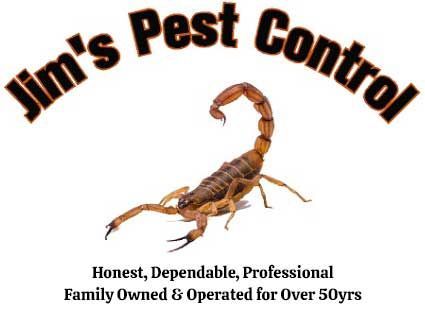Leander Resident's Guide to Termite Control
Termite control in Leander requires understanding that these destructive pests cause millions of dollars in property damage across Texas each year, and your home could be at risk without proper protection. Effective termite control combines regular inspections to catch problems early, preventive treatments that create barriers around your home's foundation, and quick action if you discover signs of termite activity. The right approach depends on whether you're protecting a new construction, maintaining an existing home, or dealing with an active infestation.
What types of termites affect Leander homes?
Subterranean termites are the most common species in Leander and cause the majority of termite damage in Central Texas. These termites live underground in colonies that can contain hundreds of thousands of individuals, and they build mud tubes to travel between their nests and food sources like your home's wooden structures. You might spot these pencil-thin tubes along your foundation, in crawl spaces, or on basement walls.
Drywood termites also occur in the area, though less frequently than subterranean species. These termites don't require soil contact and can infest wood directly, making them harder to detect initially. Understanding which termite species you're dealing with matters because treatment methods differ. Professional termite control services in Leander can identify the species and recommend the most effective treatment approach for your situation.
How do you know if you have termites?
Signs of termite activity aren't always obvious until damage becomes extensive. Look for mud tubes on exterior walls or foundation, which termites build for protected travel between soil and wood. Inside, you might notice hollow-sounding wood when tapped, small piles of what looks like sawdust near wooden structures, or doors and windows that suddenly stick or become difficult to open.
During spring months, you might see swarms of winged termites around windows or light sources. These reproductive termites leave established colonies to start new ones, and their presence usually indicates an active infestation nearby. Finding discarded wings near windows or doors also suggests termites are establishing themselves in or around your home.
What termite control options work best?
Liquid barrier treatments create a protective zone around your home's foundation that termites cannot cross without exposure to treatment products. This approach works well for both preventing termite entry and eliminating existing colonies as termites carry the treatment back to their nest. The treatment typically lasts several years and provides comprehensive protection.
Bait station systems offer another effective approach, especially for monitoring and eliminating existing termite activity. Stations installed around your property attract termites with food sources containing slow-acting treatment materials. Termites feed on the bait and share it with colony members, eventually eliminating the entire colony. This method requires regular monitoring but can be very effective.
For new construction, pre-treatment during building protects your investment from the start. This involves treating the soil before pouring slabs or installing foundation systems, creating a protective barrier that prevents termite establishment. Many homeowners also benefit from regular inspections combined with treatments for other pests like fire ants in Leander as part of comprehensive property protection.
Leander's geography and termite activity
Leander's location in the Hill Country creates conditions where termite activity remains high throughout most of the year. The area's clay-rich soil retains moisture well, providing the damp environment subterranean termites need to thrive. Properties near creeks, drainage areas, or with poor yard drainage face higher termite risk because consistent moisture supports larger termite populations.
The region's limestone bedrock influences how termite treatments work on different properties. Homes built on solid rock may have limited soil depth around foundations, affecting liquid treatment application. Properties with deeper soil allow for more extensive barrier treatments. A local pest control company familiar with Leander's geology can adapt treatment methods to your property's specific conditions.
Leander's rapid growth and ongoing construction activity can actually increase termite pressure on established homes. Development disturbs existing termite colonies, sometimes pushing them into nearby residential areas as they search for new food sources. If your neighborhood is experiencing new construction, consider preventive termite protection even if you haven't had problems before.
Start protecting your Leander home today
Termite damage develops slowly but steadily, making early protection much more cost-effective than repairs after infestation. Regular inspections and preventive treatment give you peace of mind knowing your largest investment stays protected from these hidden threats.
Jim's Pest Control provides comprehensive termite protection throughout Leander and the surrounding Hill Country. Our team understands local termite species and the best treatment approaches for Central Texas properties. Call us at (512) 259-1234 to schedule a termite inspection and learn how we can protect your home from these destructive pests.
